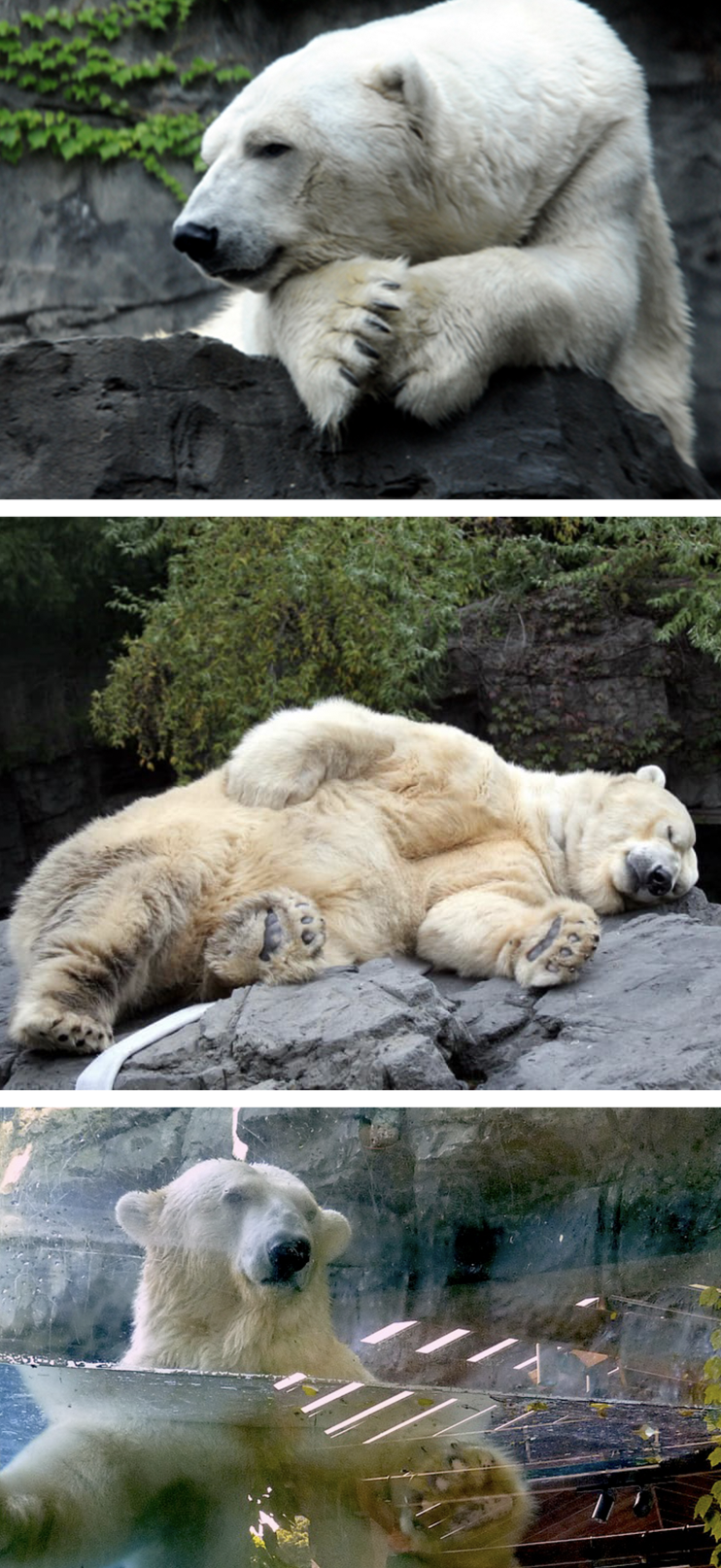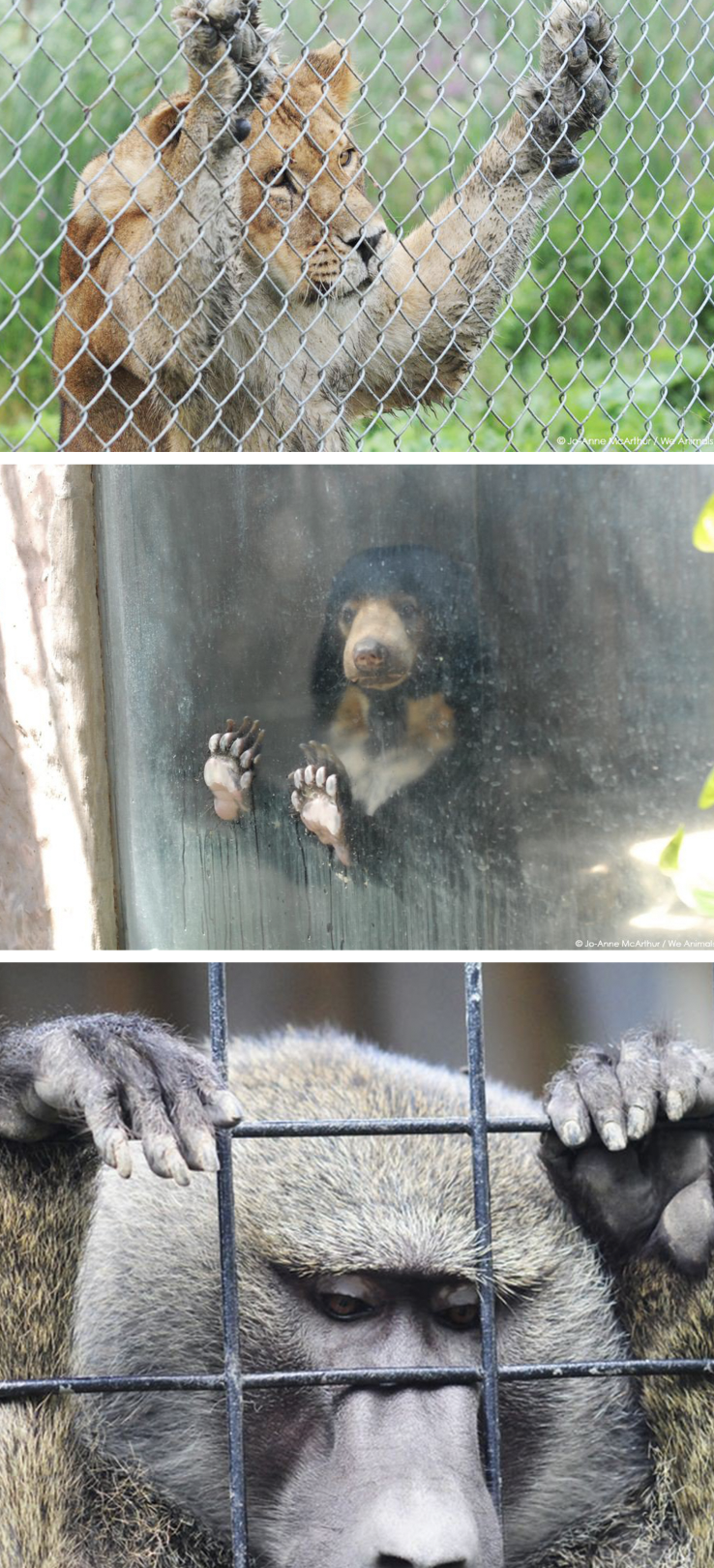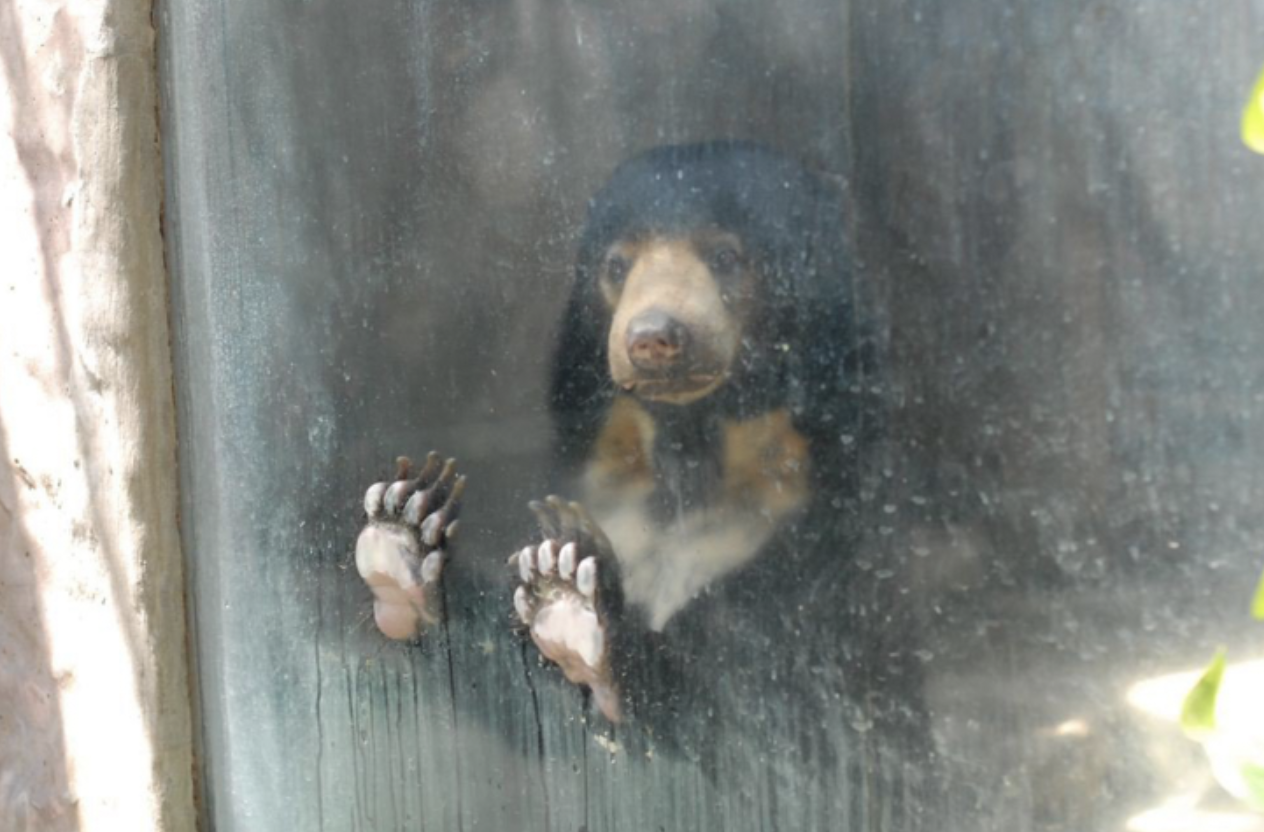There is nothing we loved more as kids than hopping in the car to see our favourite animals at the zoo – giraffes are my personal favourite – but getting older, our moral conscience develops and there’s a nagging in the back of our heads telling us that maybe these animals should be in their natural habitat instead of being caged up. Keeping animals in zoos requires a great deal of planning, care, money and coordination; whilst we like to think that all these conditions are met or exceeded, there are plenty of dark secrets that zoo’s tragically hide from the general public and we’re about to explore the most horrifying facts.
10. Being in captivity makes animals mentally ill
Animals that once lived free are used to roaming without borders; even zoos that can afford to provide spacious enclosures for their animals can never mimic the unlimited range that animals were used to. The reduction in space leads to animals developing ‘stereotypic behaviour’.
An example of this is if you have seen an animal pacing back and forth – it is a repetitive behaviour. Animals can also experience weight loss and become aggressive when learning to cope with their new habitat.
The most notable example of this was a bear names Gus who lived in New York’s Central Park Zoo. Gus was given a variety of treatments to help him with him mental health and was even prescribed Prozac. As a result of this, animals are now given ‘enrichment’ to alter their behaviour and zoos create enclosures more like their natural habitats.
[dx_custom_adunit mobile_id=”RTK_ZIkz”]

[dx_custom_adunit mobile_id=”RTK_qw1q”]

[dx_custom_adunit mobile_id=”RTK_qQCt”]
